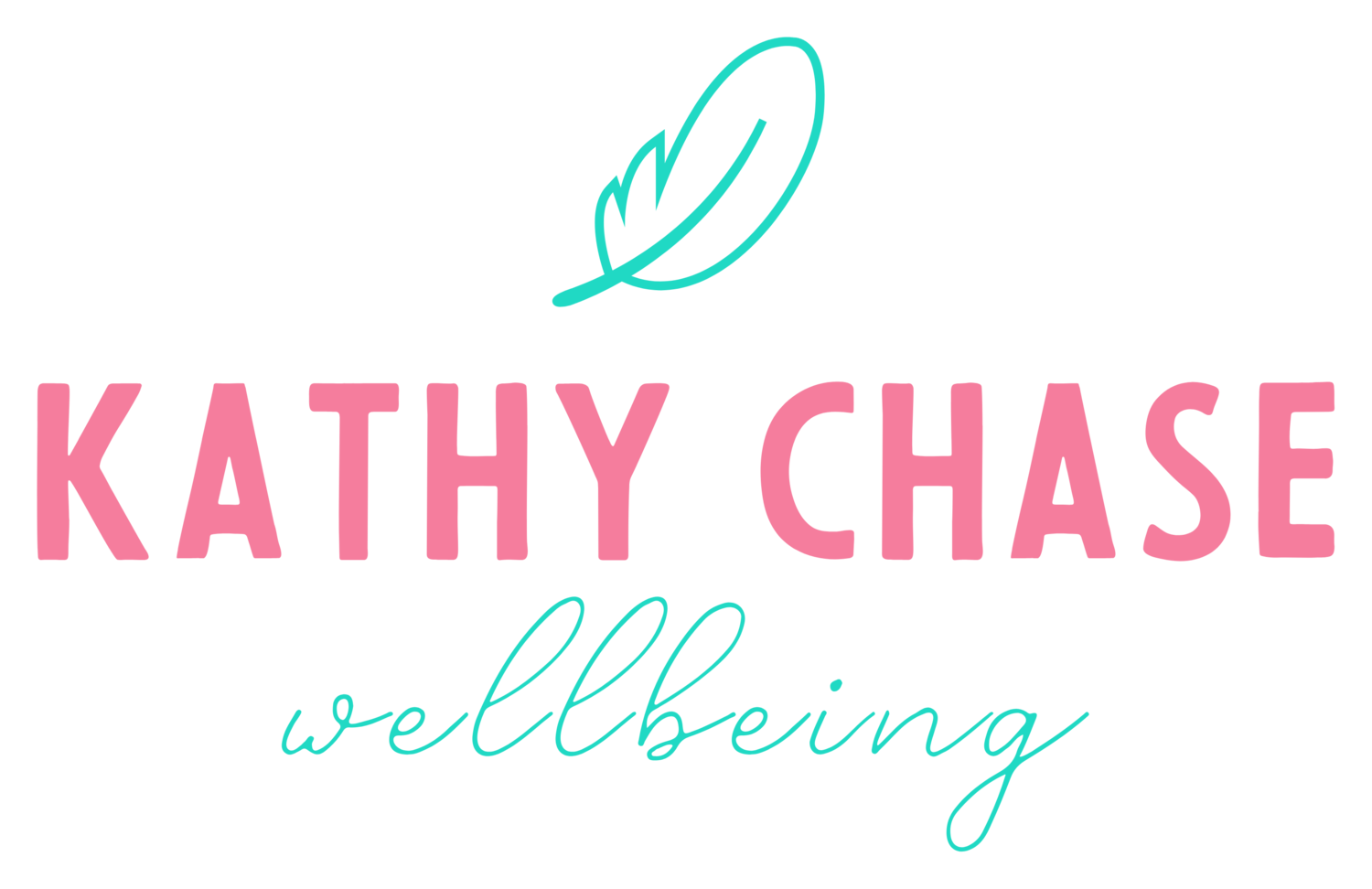Escaping the panic cycle
How does your breathing play a part in panic?
You may have developed a habit of breathing high in your chest (shallow breathing) or this could be something that happens for you automatically, as you start to feel stressed. Unfortunately, the problem with shallow breathing combined with stress is the potential to enter a panic cycle. You feel stressed and start to shallow breath taking in less oxygen, the body starts to panic, so you breath faster, you go into fight or flight mode and the body starts to tense, you breath faster and faster, the feeling of panic continues to increase. Now a panic attack is very scary, put quite simply it makes you feel like you are fighting for air. The only way to get out of the cycle is by slowing your breathing rate down and deepening the breath.
Panic Cycle and Shallow Breathing
Top tips for escaping the panic cycle:
1.
Identify what causes you stress. The reality is we can’t avoid stress, but we can get to know our own triggers. Everyone has different triggers from crowds, conflict and noise to deadlines and excessive multi-tasking. If you come up against or anticipate your trigger occurring, you can start paying attention to your breathing.
2.
Know how your body feels in the initial stages of stress, when your breathing starts to become shallow. The chest can often feel tight, shoulders start to tense up towards your ears, often people can get numbness or pins and needles in their hands or feel jittery.
3.
Pause and allow your body to be still for a moment. Let your shoulders drop down and relax your jaw. Actively slow your breath down. Take full breaths letting your tummy and your whole rib cage expand out on each breath.
4.
Distraction is key once you are breathing deeply again. Here’s a few things to try:
. Close your eyes and listen to the sound of the breath.
. Count back from ten, with each breath.
. Place you hands on your chest and tummy and watch the lift and fall.
. Look down at your hand, with the opposite finger start to trace around the
outside of your hand. Breath in slowly as you travel to the top of each finger and
breath out as you go down to the web space in between your fingers. This works
really well with Kids.
. Close your eyes and gently tap your wrist, with one finger in a slow beat.
If you would like some help to identify your breathing habits and discover practical yoga based techniques to help manage stress and create healthier breathing patterns, book in for a one on one with me. Available via zoom.
Are you getting the most out of your pelvic floor exercises?
I’ll be exploring this subject in a future blog.


